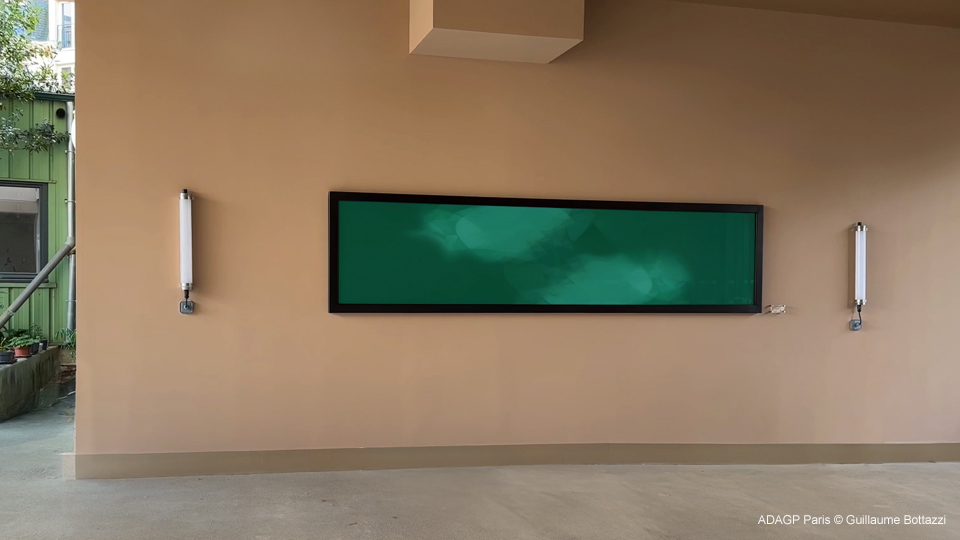Bref aperçu de Guillaume Bottazzi – Brief overview Artworks

Actualités – News
La Voix du Nord newspaper: “After Croix, the town of Bondues welcomes a sculpture by Guillaume Bottazzi.”
“A monumental sculpture in enameled glass, designed by Guillaume Bottazzi, has been installed on the Bondues greenway. This colorful and soothing work enriches the region’s artistic heritage.”
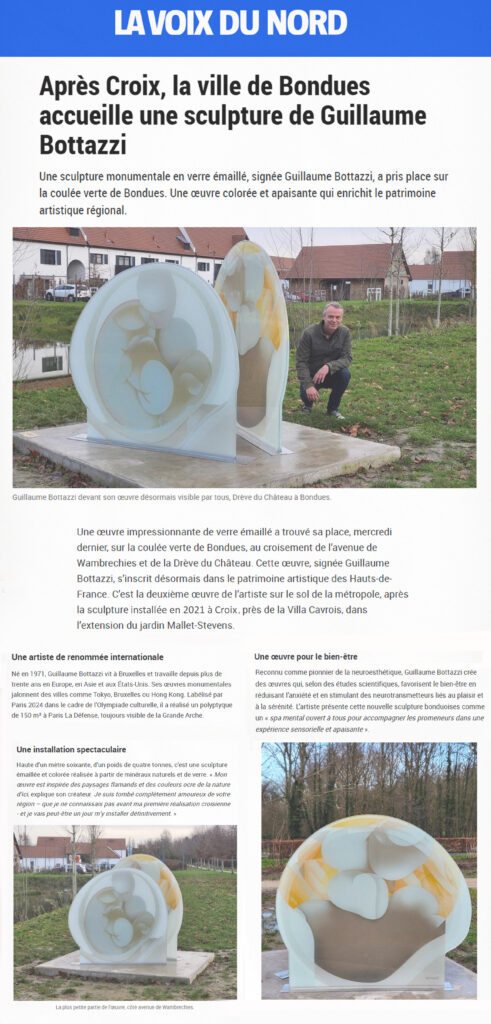
Enameled sculpture on a green corridor in Bondues
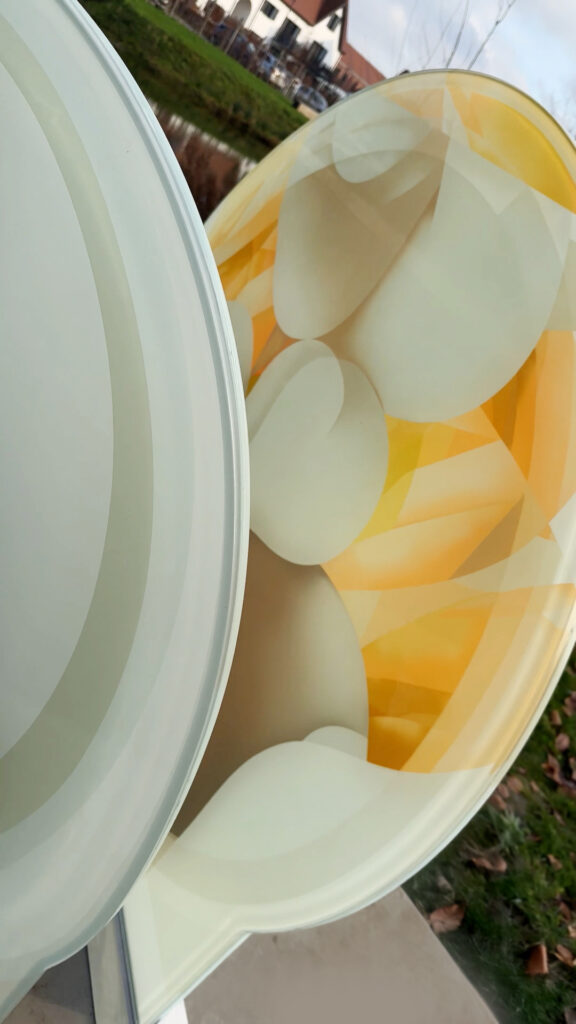

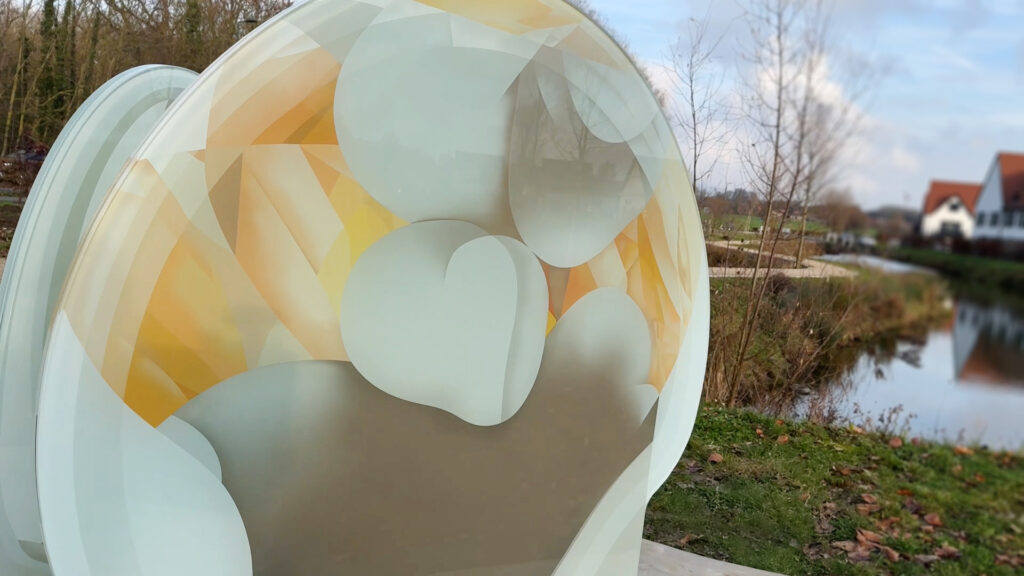
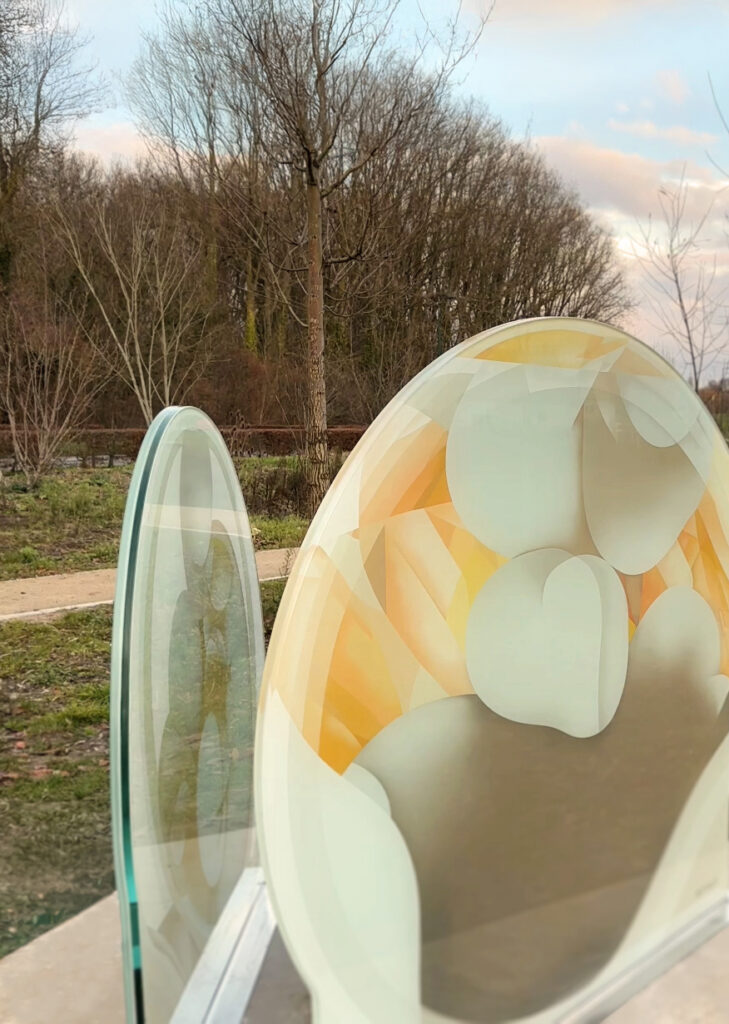
Enameled sculpture on a green corridor, Bondues

Enameled sculpture on a green corridor, Bondues
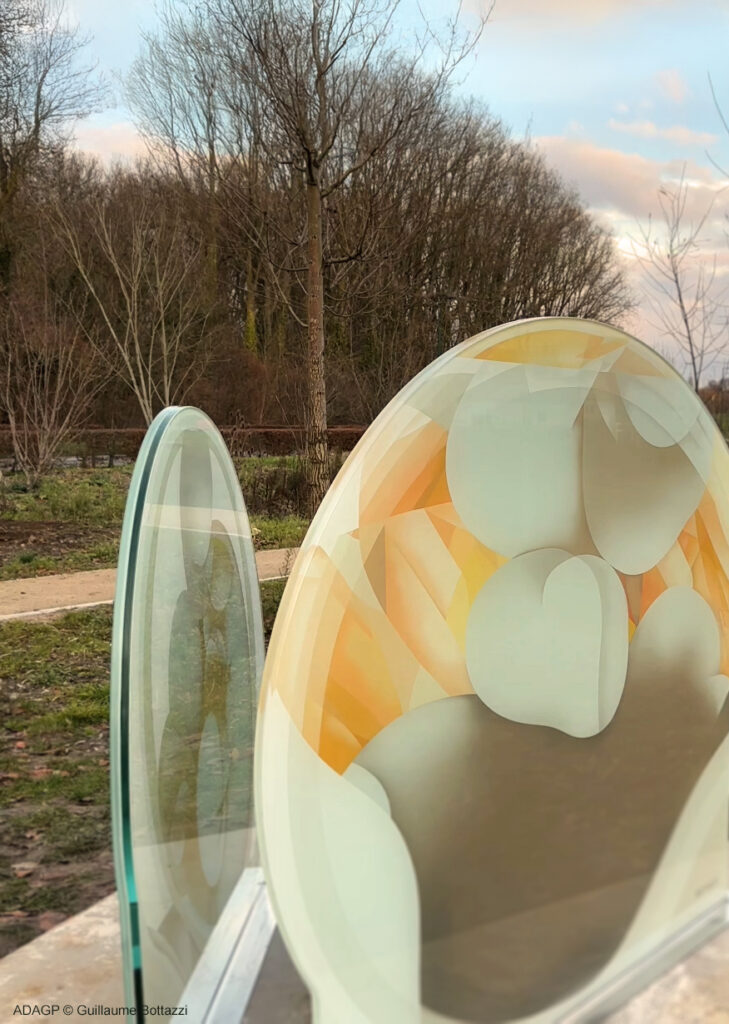
Croix du Nord newspaper, December 12, 2025
Article by Nicolas Demollien
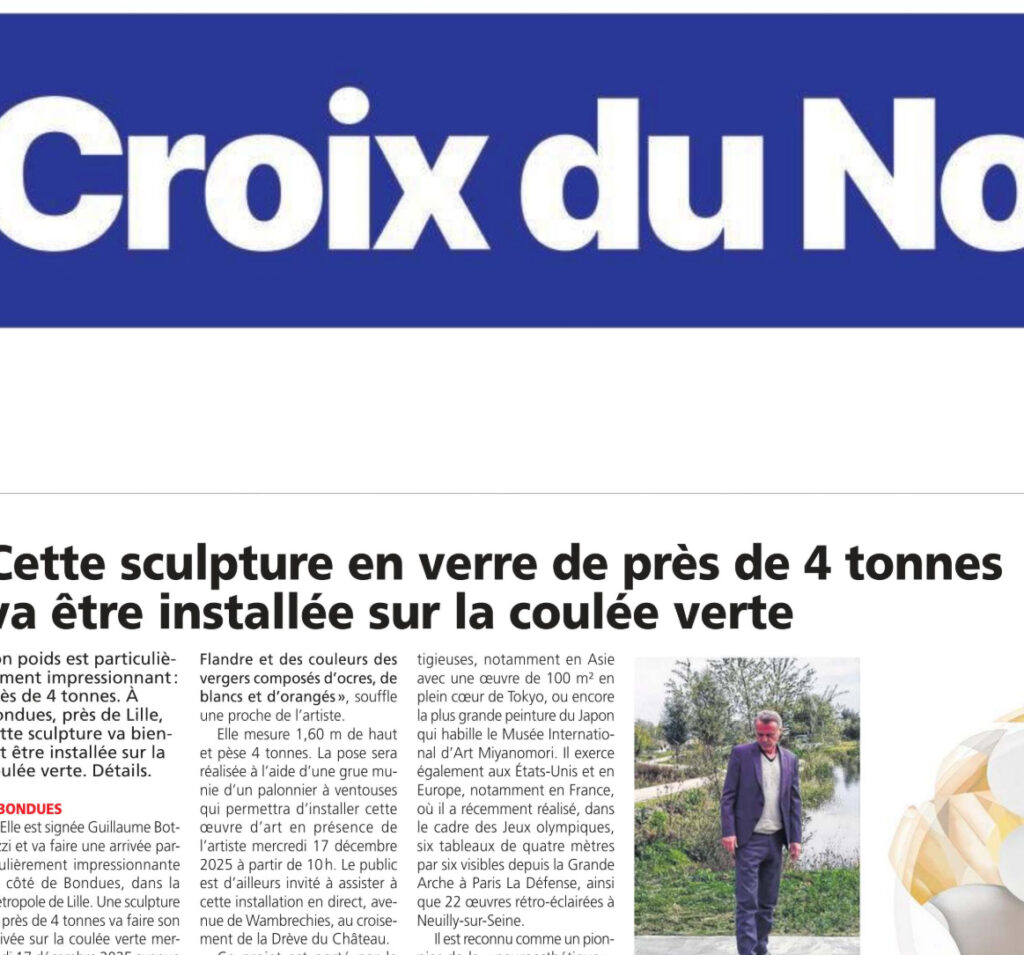
Lille news journal
by Nicolas Demollien
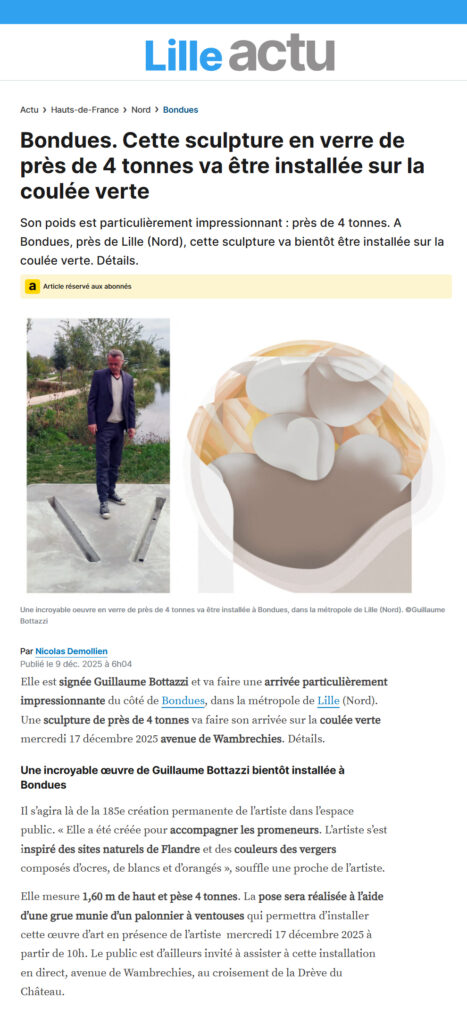
Installation of a glass sculpture weighing several tons on the 351st day of the year in Eugène Dodeigne’s fiefdom.
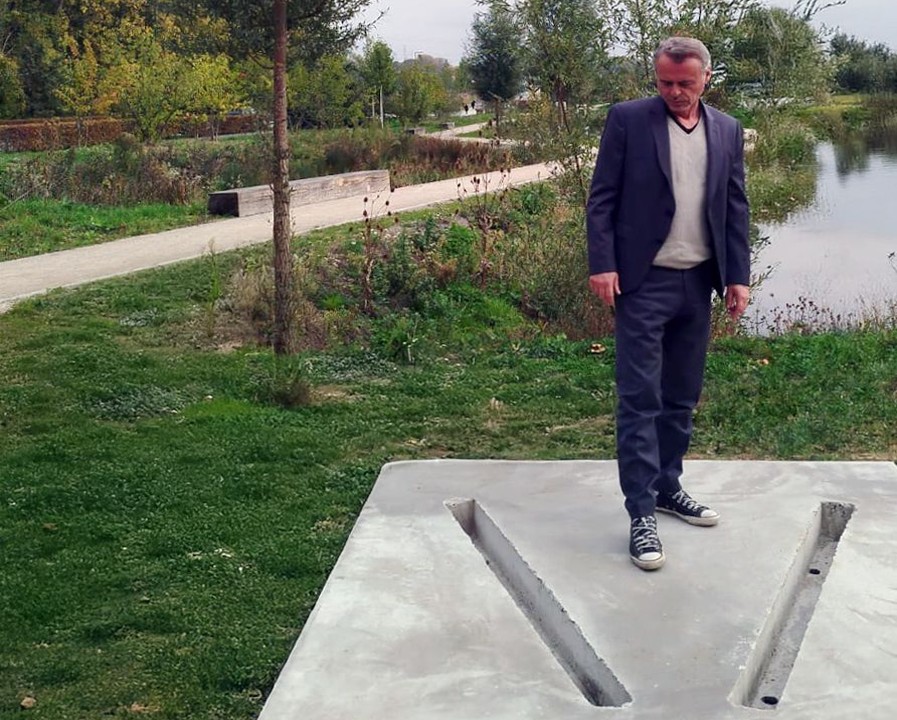
Actu News
MCAV – Guillaume Bottazzi is performing in live
Art in situ, Malachite color in Malakoff
